Econophysics Through Computation
DOI: 10.23977/jptc.2020.31001 | Downloads: 66 | Views: 5686
Author(s)
Antika Sinha 1, Sudip Mukherjee 2, Bikas K Chakrabarti 3,4
Affiliation(s)
1 Asutosh College, Kolkata 700026, India.
2 Barasat Government College, Barasat, Kolkata 700124, India.
3 Condensed Matter Physics Division, Saha Institute of Nuclear Physics, 1/AF Bidhannagar, Kolkata 700064, India.
4 Economic Research Unit, Indian Statistical Institute, Kolkata-700108, India.
Corresponding Author
Antika SinhaABSTRACT
We introduce here very briefly, through some selective choices of problems and through the sample computer simulation programs (following the request of the editor for this invited review in the Journal of Physics Through Computation), the newly developed field of econophysics. Though related attempts could be traced much earlier (see the Appendix), the formal researches in econophysics started in 1995. We hope, the readers (students & researchers) can start themselves to enjoy the excitement, through the sample computer programs given, and eventually can undertake researches in the frontier problems, through the indicated survey literature provided.
KEYWORDS
Econophysics, ComputationCITE THIS PAPER
Antika Sinha, Sudip Mukherjee, Bikas K Chakrabarti, Econophysics Through Computation, Journal of Physics Through Computation (2020) Vol. 3: 1-54. DOI: http://dx.doi.org/10.23977/jptc.2020.31001.
REFERENCES
[1] K. C. Dash, The Story of Econophysics, Cambridge Scholars Publishing, Newcastle upon Tyne, (2019).
[2] R. N. Mantegna, H. E. Stanley, An Introduction to Econophysics, Cam-bridge University Press, Cambridge, (2000).
[3] S. Sinha, A. Chatterjee, A. Chakraborti, B. K. Chakrabarti, Econophysics: An Introduction, Wiley, Berlin, (2010).
[4] V. M. Yakovenko, J. B. Rosser Jr, Colloquium: Statistical mechanics of money, wealth, and income, Reviews of Modern Physics 81 ((2009)) 1703.
[5] B. K. Chakrabarti, A. Chakraborti, S. R. Chakravarty, A. Chatterjee, Econophysics of Income and Wealth Distributions, Cambridge University Press, Cambridge, (2013).
[6] P. Sen, B. K. Chakrabarti, Sociophysics: An Introduction, Oxford Univer-sity Press, Oxford, (2014).
[7] C. Gini, Measurement of inequality of incomes, The Economic Journal 31 ((1921)) 124–126.
[8] A. Ghosh, N. Chattopadhyay, B. K. Chakrabarti, Inequality in societies, academic institutions and science journals: Gini and k-indices, Physica A: Statistical Mechanics and its Applications 410 ((2014)) 30–34.
[9] I. I. Eliazar, I. M. Sokolov, Measuring statistical heterogeneity: The pietra index, Physica A: Statistical Mechanics and its Applications 389 ((2010)) 117–125.
[10] A. Chatterjee, B. K. Chakrabarti, Fat tailed distributions for deaths in conflicts and disasters, Reports in Advances of Physical Sciences 1 ((2017)) 1740007.
[11] A. Sinha, B. K. Chakrabarti, Inequality in death from social conflicts: A gini & kolkata indices-based study, Physica A: Statistical Mechanics and its Applications ((2019)) 121185.
[12] A. Chatterjee, A. Ghosh, B. K. Chakrabarti, Socio-economic inequality: Relationship between gini and kolkata indices, Physica A: Statistical Me-chanics and its Applications 466 ((2017)) 583.
[13] J. Inoue, A. Ghosh, A. Chatterjee, B. K. Chakrabarti, Measuring social inequality with quantitative methodology: analytical estimates and empir-ical data analysis by gini and k indices, Physica A: Statistical Mechanics and its Applications 429 ((2015)) 184–204.
[14] A. Chatterjee, B. K. Chakrabarti, Kinetic exchange models for income and wealth distributions, The European Physical Journal B 60 ((2007)) 135–149.
[15] M. Saha, B. Srivastava, A Treatise on Heat, Indian Press, Allahabad,(1931).
[16] V. Pareto, Cours d’ ´Economie Politique, Rouge, Lausanne, (1897).
[17] R. Gibrat, Les In´egalit´es ´Economiques, Libraire du Recueil Sirey, Paris,(1931).
[18] W. Souma, Universal structure of the personal income distribution, Frac-tals 9 ((2001)) 463–470.
[19] H. Aoyama, W. Souma, Y. Nagahara, M. P. Okazaki, H. Takayasu, M. Takayasu, Pareto’s law for income of individuals and debt of bankrupt companies, Fractals 8 ((2000)) 293–300.
[20] A. Dr˘agulescu, V. M. Yakovenko, Eevidence for the exponential distribu-tion of income in the usa, The European Physical Journal B-Condensed Matter and Complex Systems 20 ((2001)) 585–589.
[21] A. Dr˘agulescu, V. M. Yakovenko, Exponential and power-law probability distributions of wealth and income in the united kingdom and the united states, Physica A: Statistical Mechanics and its Applications 299 ((2001)) 213–221.
[22] A. Dr˘agulescu, V. M. Yakovenko, Statistical mechanics of money, The European Physical Journal B-Condensed Matter and Complex Systems 17 ((2000)) 723–729.
[23] J. C. Ferrero, The statistical distribution of money and the rate of money transference, Physica A: Statistical Mechanics and its Applications 341 ((2004)) 575–585.
[24] F. Clementi, T. Di M, M. Gallegati, G. Kaniadakis, The κ-generalized distribution: A new descriptive model for the size distribution of incomes, Physica A: Statistical Mechanics and its Applications 387 ((2008)) 3201–3208.
[25] M. Levy, S. Solomon, New evidence for the power-law distribution of wealth, Physica A: Statistical Mechanics and its Applications 242 ((1997)) 90–94.
[26] O. S. Klass, O. Biham, M. Levy, O. Malcai, S. Solomon, The forbes 400, the pareto power-law and efficient markets, The European Physical Journal B 55 ((2007)) 143–147.
[27] S. Sinha, Evidence for power-law tail of the wealth distribution in india, Physica A: Statistical Mechanics and its Applications 359 ((2006)) 555–562.
[28] A. C. Silva, V. M. Yakovenko, Temporal evolution of the thermal and su-perthermal income classes in the usa during 1983–2001, Europhysics Let-ters 69 ((2004)) 304.
[29] A. K. Gupta, Money exchange model and a general outlook, Physica A: Statistical Mechanics and its Applications 359 ((2006)) 634–640.
[30] M. A. Saif, P. M. Gade, Emergence of power law in a market with mixed models, Physica A: Statistical Mechanics and its Applications 384 ((2007)) 448–456.
[31] M. A. Saif, P. M. Gade, Effects of introduction of new resources and frag-mentation of existing resources on limiting wealth distribution in asset ex-change models, Physica A: Statistical Mechanics and its Applications 388 ((2009)) 697–704.
[32] Z. Neda, I. Gere, T. S. Biro, G. Toth, N. Derzsy, Scaling in income in-equalities and its dynamical origin, arXiv preprint arXiv:1911.02449.
[33] P. Richmond, S. Solomon, Power laws are boltzmann laws in disguise, International Journal of Modern Physics C 12.
[34] S. Solomon, P. Richmond, Stable power laws in variable economies; lotka-volterra implies pareto-zipf, The European Physical Journal B 27 ((2002)) 257–261.
[35] J.-P. Bouchaud, M. M´ezard, Wealth condensation in a simple model of economy, Physica A: Statistical Mechanics and its Applications 282 ((2000)) 536–545.
[36] N. Scafetta, S. Picozzi, B. J. West, A trade-investment model for distribu-tion of wealth, Physica D: Nonlinear Phenomena 193 ((2004)) 338–352.
[37] D. Garlaschelli, M. I. Loffredo, Effects of network topology on wealth distri-butions, Journal of Physics A: Mathematical and Theoretical 41 ((2008)) 224018.
[38] A. Chakraborti, B. K. Chakrabarti, Statistical mechanics of money: how saving propensity affects its distribution, The European Physical Journal B 17 ((2000)) 167–170.
[39] M. Patriarca, A. Chakraborti, K. Kaski, Statistical model with a standard γ distribution, Physical Review E 70 ((2004)) 016104.
[40] A. Chatterjee, B. K. Chakrabarti, S. Manna, Pareto law in a kinetic model of market with random saving propensity, Physica A: Statistical Mechanics and its Applications 335 ((2004)) 155–163.
[41] M. Patriarca, A. Chakraborti, E. Heinsalu, G. Germano, Relaxation in statistical many-agent economy models, The European Physical Journal B 57 ((2007)) 219–224.
[42] A. Chakraborty, S. Manna, Weighted trade network in a model of prefer-ential bipartite transactions, Physical Review E 81 ((2010)) 016111.
[43] A. S. Chakrabarti, B. K. Chakrabarti, Microeconomics of the ideal gas like market models, Physica A: Statistical mechanics and its applications 388 ((2009)) 4151–4158.
[44] H. Chunhua, L. Shaoyong, L. Chong, Investigations to the price evolutions of goods exchange with ces utility functions; https://doi.org/10.1016/j.physa.2019.123938, Physica A: Statistical Mechanics and its Applications.
[45] E. Heinsalu, M. Patriarca, Kinetic models of immediate exchange, The European Physical Journal B 87 ((2014)) 170.
[46] G. Katriel, The immediate exchange model: an analytical investigation, The European Physical Journal B 88 ((2015)) 19.
[47] N. Lanchier, S. Reed, Rigorous results for the distribution of money on connected graphs, Journal of Statistical Physics 171 ((2018)) 727–743.
[48] S. Pianegonda, J. R. Iglesias, G. Abramson, J. L. Vega, Wealth redistri-bution with conservative exchanges, Physica A: Statistical Mechanics and its Applications 322 ((2003)) 667–675.
[49] J. R. Iglesias, How simple regulations can greatly reduce inequality, Science and Culture 76 ((2010)) 437–443.
[50] A. Ghosh, U. Basu, A. Chakraborti, B. K. Chakrabarti, A threshold in-duced phase transition in the kinetic exchange models, Physical Review E 83 ((2011)) 061130.
[51] S. L¨ubeck, Universal scaling behavior of non-equilibrium phase transitions, International Journal of Modern Physics B 18 ((2004)) 3977–4118.
[52] S. Manna, Critical exponents of the sand pile models in two dimensions, Physica A: Statistical Mechanics and its Applications 179 ((1991)) 249–268.
[53] S. Manna, Two-state model of self-organized criticality, Journal of Physics A: Mathematical and General 24 ((1991)) L363.
[54] A. Chakraborti, Distributions of money in model markets of economy, In-ternational Journal of Modern Physics C 13 ((2002)) 1315–1321.
[55] S. Pradhan, Random trading market: Drawbacks and a realistic modifica-tion, arXiv preprint physics/0503105.
[56] B. Boghosian, Is inequality inevitable?, Scientific American 321 ((2019)) 70–77.
[57] B. K. Chakrabarti, Kolkata restaurant problem as a generalised el farol bar problem, in: Econophysics of Markets and Business Networks, Springer,(2007), pp. 239–246.
[58] A. S. Chakrabarti, B. K. Chakrabarti, A. Chatterjee, M. Mitra, The kolkata paise restaurant problem and resource utilization, Physica A: Statistical Mechanics and its Applications 388 ((2009)) 2420–2426.
[59] A. Ghosh, A. Chatterjee, M. Mitra, B. K. Chakrabarti, Statistics of the kolkata paise restaurant problem, New Journal of Physics 12 ((2010)) 075033.
[60] L. Martin, Extending kolkata paise restaurant problem to dynamic matching in mobility markets, Juniour Management Science 4 ((2019)) 1–34.
[61] A. Sinha, B. K. Chakrabarti, Phase transition in the kolkata paise restau-rant problem, arXiv preprint arXiv:1905.13206.
[62] P. Yang, K. Iyer, P. Frazier, Mean field equilibria for resource competition in spatial settings, Stochastic Systems 8 ((2018)) 307–334.
[63] L. Martin, P. Karaenke, The vehicle for hire problem: A generalized kolkata paise restaurant problem, https://mediatum.ub.tum.de/doc/1437330/1437330.pdf ((2017)).
[64] T. Park, W. Saad, Kolkata paise restaurant game for resource allocation in the internet of things, in: 2017 51st Asilomar Conference on Signals, Systems, and Computers, IEEE, (2017), pp. 1774–1778.
[65] P. Sen, S. Dasgupta, A. Chatterjee, P. Sreeram, G. Mukherjee, S. Manna, Small-world properties of the indian railway network, Physical Review E 67 ((2003)) 036106.
[66] D. J. Watts, S. H. Strogatz, Collective dynamics of small-world networks, Nature 393 ((1998)) 440.
[67] S. Banerjee, B. K. Chakrabarti, M. Mitra, S. Mutuswami, On the kolkata index as a measure of income inequality, arXiv:1905.03615.
[68] M. Lallouache, A. S. Chakrabarti, A. Chakraborti, B. K. Chakrabarti, Opinion formation in kinetic exchange models: Spontaneous symmetry-breaking transition, Physical Review E 82 ((2010)) 056112.
[69] S. Biswas, A. Chatterjee, P. Sen, Disorder induced phase transition in kinetic models of opinion dynamics, Physica A: Statistical Mechanics and its Applications 391 ((2012)) 3257–3265.
[70] S. Mukherjee, A. Chatterjee, Disorder-induced phase transition in an opin-ion dynamics model: Results in two and three dimensions, Physical Review E 94 ((2016)) 062317.
[71] L. Pareschi, G. Toscani, Interacting Multiagent Systems: Kinetic Equa-tions and Monte Carlo Methods, Oxford University Press, Oxford, (2013).
[72] P. Bhadola, N. Deo, Extreme eigenvector analysis of global financial corre-lation matrices, in: Eds. F. Abergele et al., Econophysics and Sociophysics: Recent Progress and Future Directions, Springer, (2017), pp. 59–69.
[73] N. Bertschinger, I. Mozzhorin, S. Sinha, Reality-check for econophysics: Likelihood-based fitting of physics-inspired market models to empirical data, arXiv:1803.03861.
[74] B. K. Chakrabarti, A. Chatterjee, A. Ghosh, S. Mukherjee, B. Tamir, Econophysics of the Kolkata Restaurant Problem and Related Games: Classical and Quantum Strategies for Multi-agent, Multi-choice Repetitive Games, Springer, Switzerland, (2017).
[75] D. Dhar, V. Sasidevan, B. K. Chakrabarti, Emergent cooperation amongst competing agents in minority games, Physica A: Statistical Mechanics and its Applications 390 ((2011)) 3477–3485.
[76] B. K. Chakrabarti, A. Chakraborti, A. Chatterjee, Econophysics and So-ciophysics: Trends and Perspectives, Wiley VCH, Berlin, (2007).
[77] F. Slanina, Essentials of Econophysics Modelling, Oxford University Press, Oxford, (2014).
[78] H. Aoyama, Y. Fujiwara, W. Souma, Macro-Econophysics: New Studies on Economic Networks and Synchronization, Cambridge University Press, Cambridge, (2017).
[79] F. Jovanovic, C. Schinckus, Econophysics and Financial Economics: An Emerging Dialogue, Oxford University Press, Oxford, (2017).
| Downloads: | 1020 |
|---|---|
| Visits: | 89954 |
Sponsors, Associates, and Links
-
International Journal of Power Engineering and Engineering Thermophysics
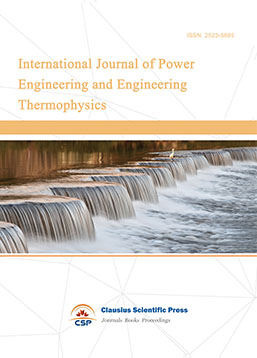
-
Numerical Algebra and Scientific Computing

-
Transactions on Particle and Nuclear Physics
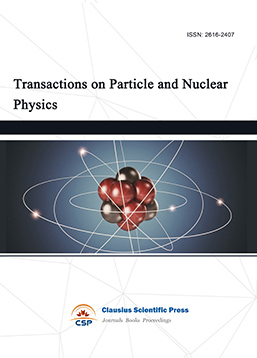
-
Journal of Probability and Mathematical Statistics
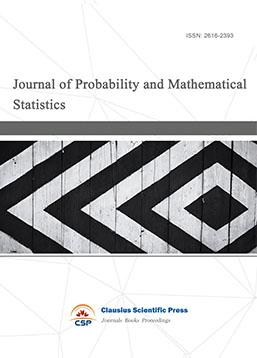
-
Multibody Systems, Nonlinear Dynamics and Control

-
Complex Analysis and Geometry
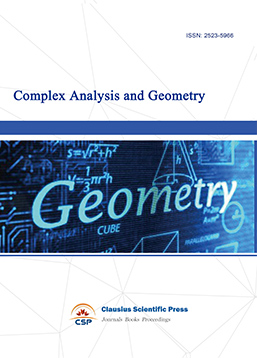
-
Dynamical Systems and Differential Equations

-
Acoustics, Optics and Radio Physics
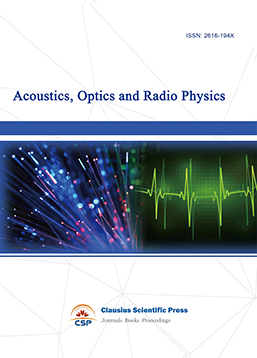
-
Progress in Atomic and Molecular Physics
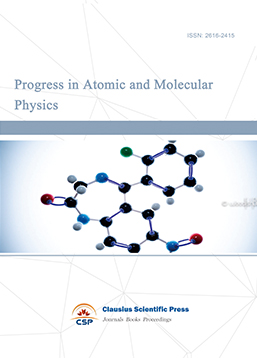
-
Transactions on Condensed Matter Physics

-
Transactions on Computational and Applied Mathematics
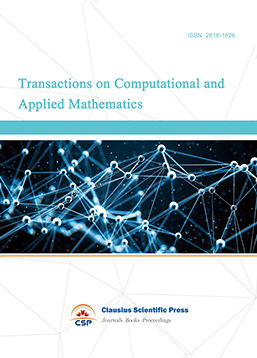
-
Progress in Plasma Physics
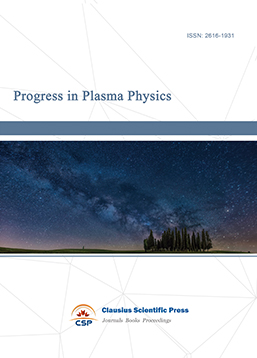
-
Combinatorics and Graph Theory

-
Research and Practice of Mathematics & Statistics
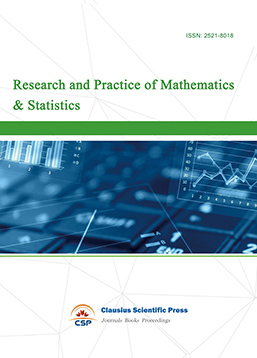
-
Nuclear Techniques and Applications
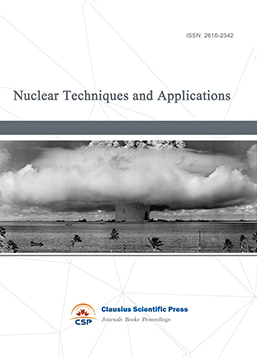
-
Journal of Photonics Research
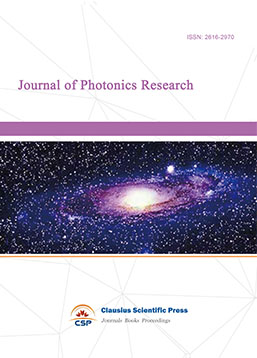
-
Journal of Compressors and Refrigeration
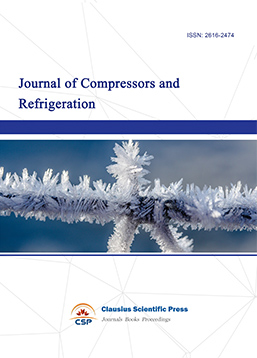
-
Journal of Theoretical Physics Frontiers
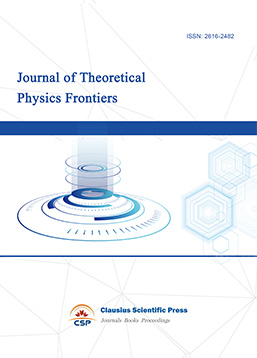
-
Journal of Nonlinear Science and Complexity

-
Vacuum Science Journal
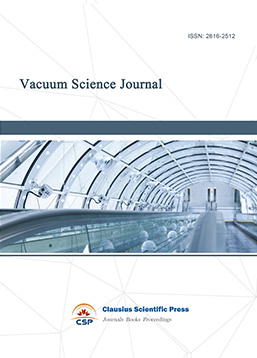
-
Computational Fluid Dynamics
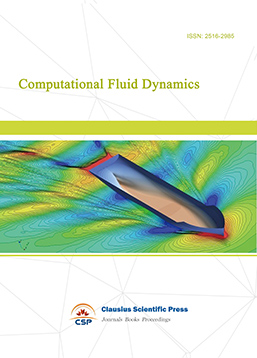

 Download as PDF
Download as PDF